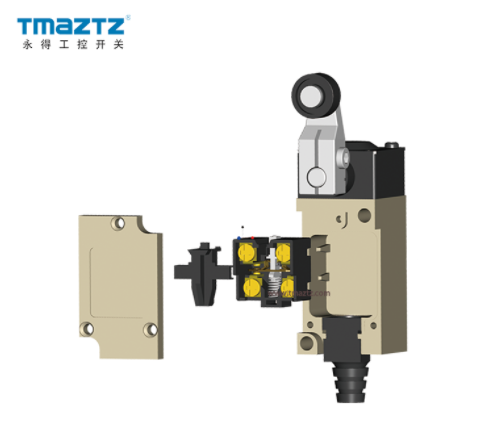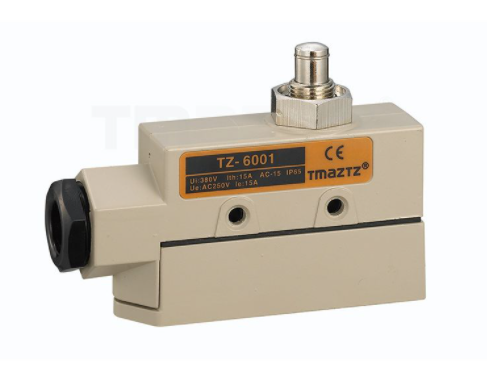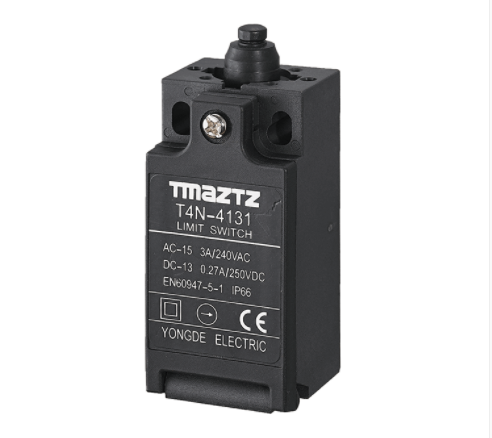Jun. 24,2022
A limit switch is an electromechanical unit, consisting of an actuator mechanically connected to a set of contacts. When an object moves towards the actuator and comes into contact with it, the limit switch executes the contacts in order to establish or break the electrical connection.
The automatic operation of a machine requires the use of limit switches that can be activated by the movement of the machine. Limit switches are used to convert this mechanical motion of the machine into an electrical signal to switch the circuit.
The operating position of a limit switch is the position at which the limit switch changes from its normal (NO or NC) to its operating state. The release position is the position where the contact changes from its operating state to its normal state.

HL-5030 adjustable nylon roller lever limit switch
In the case of a lever type limit switch, the actuator arm is a lever attached to a lever shaft that is free to rotate when the lever is dislodged. When the force indicating lever is removed, the lever shaft returns to its normal state by means of a reset spring.
A roller is mounted on the bottom of the lever shaft that rotates the rocker as it changes position from right to left.
The mechanical action operates a plurality of contacts that are mounted on the opposite side of the limit switch.
The electrical contacts can initially be opened or closed. The action of the actuator and lever arm shifts it from one state to another. Thus, a normally open limit switch will close when activated, and a closed switch will open when actuated.
In a push type limit switch, the contacts are operated from the downward pressure of the contact lever arm. According to the type of motion, limit switches are classified as follows
Rotary motion: It is operated by rotating the shaft. Once the shaft reaches a set number of revolutions or a set angle, the switch is activated.
Rotary limit switches are preferred where frequent adjustment of travel limits is required. An important application is bridge cranes for lifting and lowering movements.
Linear motion: It detects and triggers a contact change by linear motion. In this case, once the limit switch is fixed, only few adjustments can be made by adjusting the lever position.

TZ-6001 stainless steel pin plunger Sealed Limit Switch
Momentary contact: When the target comes into contact with the actuator arm, it moves the actuator from the free position to the operating position. At this time, the electrical contact also changes state. When the target moves away, both the actuator arm and contacts return to normal.
Maintaining contact: In some applications, it is necessary to keep the actuator and contacts in the same state, even after the target has moved away. Force needs to be applied to return the actuator to its normal state.
High current capability
Low cost
Familiarity with low-tech sensing.
Wear and tear
Requires physical contact with the target.
Chance of contact bounce
Slower response time.

Factory automation or mechanical interlocking applications.
Used in machine tools to limit the travel of machine axes.
For material handling applications.
For use in overhead cranes.
For control panels to control lighting.
In local market, TMAZTZ switches are widely applied to machine tools, injection molding machines, automobile manufacture plants and space-parking systems. Please contact us to buy the switch you need.